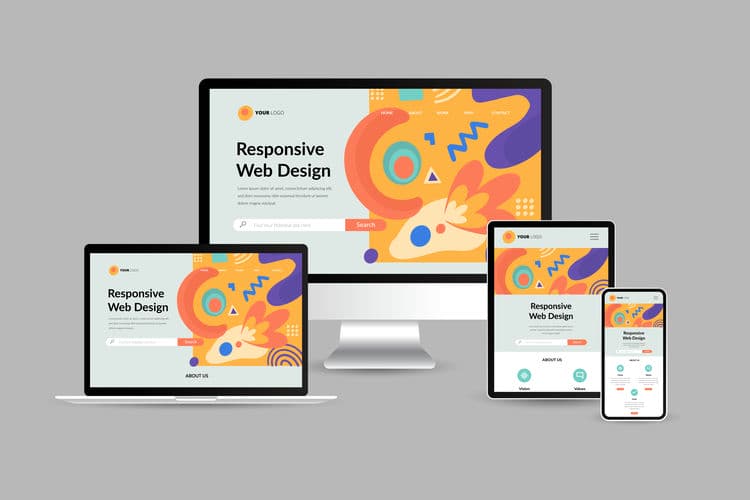In today’s digital landscape, where smartphones and tablets dominate internet usage, businesses must prioritize responsive web design to maintain a successful online presence. With an increasing number of users accessing the web through various devices, ensuring your website adapts seamlessly to different screen sizes and resolutions is crucial. This article explores the significance of responsive web design and its benefits for contemporary businesses.

1. Enhanced User Experience
Responsive web design guarantees a consistent and optimal user experience across all devices. Whether users visit your site on a desktop, laptop, tablet, or smartphone, they should be able to navigate and interact with your content effortlessly. A responsive design eliminates the need for users to zoom in or scroll horizontally, making it easier for them to access information and engage with your brand effectively.
2. Increased Mobile Traffic
The rise of mobile devices has transformed internet access patterns, with mobile traffic now surpassing desktop traffic. Catering to this growing audience is essential. By adopting responsive web design, you can tap into the vast pool of mobile users, ensuring your website remains accessible and visually appealing on smartphones and tablets.
3. Improved SEO Performance
Search engines like Google prioritize mobile-friendly websites in their search results. A responsive web design positively impacts your search engine optimization (SEO) efforts by providing a better user experience and reducing bounce rates. As a result, a responsive website is more likely to appear higher in search engine results pages, generating organic traffic and enhancing your online presence.
4. Cost and Time Efficiency
Maintaining distinct webpages for each device may be time-consuming and expensive. Responsive web design reduces the need to create and manage several versions of your website. With a single responsive site, you may reduce development and maintenance expenses while streamlining marketing efforts.
5. Increased Conversion Rates
A seamless user experience across devices directly influences conversion rates. Users are more likely to engage with and convert on a website that is visually appealing, easy to navigate, and loads quickly. Responsive design ensures that your call-to-action buttons, forms, and checkout processes remain functional and accessible on all devices, maximizing your chances of converting visitors into customers.
6. Future-Proofing Your Website
With new devices and screen sizes constantly entering the market, future-proofing your website is essential. A responsive design allows your site to adapt effortlessly to emerging technologies and screen resolutions, ensuring it remains relevant and usable for years to come. By staying ahead of the curve, you can maintain a competitive edge in the digital landscape.
Stay Ahead of Your Competition
In today’s mobile-centric world, the importance of responsive web design cannot be overstated. It is a fundamental aspect of modern business strategy that improves user experience, boosts SEO performance, increases conversion rates, and future-proofs your website. Embracing responsive web design is not just about meeting current trends; it is about delivering exceptional experiences to your audience, regardless of the device they use. By investing in a responsive website, you set the foundation for online success and maintain a leading position in the dynamic digital landscape.




